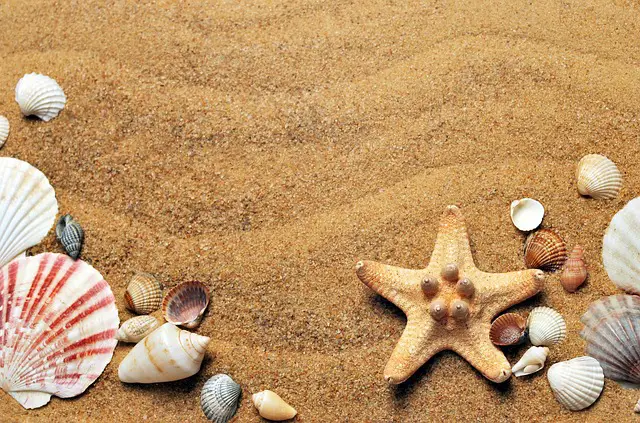Reptiles and fish are entirely different species, requiring other habitat arrangements and diets. So, it should be no surprise that their habitats need different kinds of substrate. Yet, when it comes to aquariums, many people think that reptile sand is a suitable option. But can you use reptile sand in a fish tank? Let’s take a closer look.
Can you use reptile sand in a fish tank?
Generally, it is not recommended to use reptile sand in a fish tank as this type of sand can contain bacteria that can harm your fish.
Reptile sand can be made of particles too large for filter systems to remove quickly. In addition, because it often comes with calcium supplements or compounds containing magnesium and other minerals, if ingested by the fish, it could potentially cause an upset stomach.
While some people have successfully used reptile sand for their aquariums, it is best avoided if any of the components don’t match the natural environment desired for your tank and could aggravate disease-causing organisms.
If you try reptile sand in a freshwater aquarium, look for one specifically designed for aquariums instead of desert reptiles; diamond-shaped grain sizes in the range of 0.3mm-0.45mm are known to be safe to use.
Another issue with using reptile sand in a fish tank is that it can contain harmful bacteria, which may cause illness or even death in your aquatic pets over time.
This is because many types of reptile sands are designed to contain certain levels of calcium carbonate, which often contains heavy metals such as lead and arsenic that can be toxic to your fish if ingested in large amounts.
Similarly, many brands add other ingredients like perlite or zeolite, which could also be damaging if ingested by your aquatic friends.
Finally, some brands also include dyes or chemicals that could leach into your aquarium water over time and create instability within the environment—something we don’t want.
Conclusion
In conclusion, while reptile sand might seem appealing for your fish tank due to its affordability and visually pleasing appearance, it’s important to remember that this type of substrate isn’t suitable for use in an aquarium setting.
The particles are too big, contain dangerous toxins and heavy metals, and damage delicate scales and gills when ingested over time—the list goes on! So instead of using reptile sand in a fish tank, consider investing in more appropriate substrates, such as gravel or pebbles designed explicitly for freshwater tanks. Your aquatic friends will thank you.




